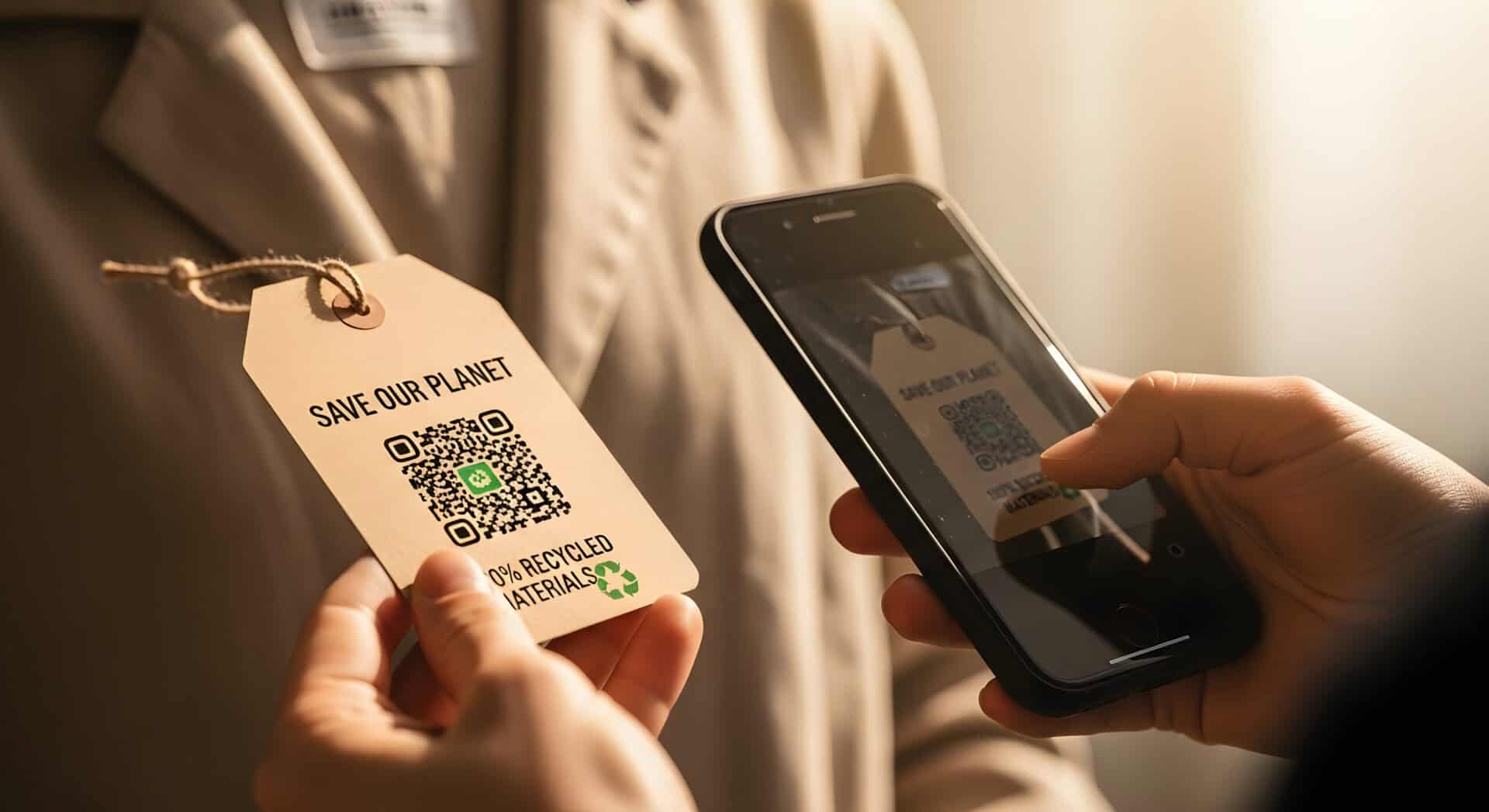Today let’s continue our Agile series by looking at the fourth principle of the Agile Manifesto:
Business people and developers must work
together daily throughout the project.[i]
If you remember, in our last blog we discussed what it means to apply iterative thinking to the Agile Manifesto. Specifically, we covered the first principle, which was, “Our highest priority is to satisfy the customer through early and continuous delivery of valuable software.” We learned how this, in part, results in engaging the customer early and often in a project.
This fourth principle, which we’re covering today, explicitly addresses an underlying principle of how we can provide valuable deliverables to the customer, doing so by powerfully focusing all Agile projects on the business need. This principle is what drives Agile practitioners to focus every decision made during a project in the light of the overriding project goal, which is how an Agile project consistently delivers what the business needs when it needs it.
Alone, this principle forever resolves the tendency of some to apply technology for technology’s sake. It continuously forces all discussions back to the customer and their business need. (Talk about continuous improvement!) It eliminates every step, every action, every email, every phone call, every demo — literally everything — that does not specifically relate back to the business need.
Think about another of the Agile principles, the tenth of twelve:
Simplicity — the art of maximizing the amount
of work not done — is essential.[i]
A more powerful thought than this is hard to find. It goes hand-in-hand with my oft-used phrase, “Elegance is found in simplicity.”
You see, acting on these two principles together, we find ourselves ever trimming the fat — never doing anything that isn’t specifically connected to the business need. This forces us to do only those things which are identifiably connectable to the business need.
Now think back to the fourth principle, with which we started. How are we, as Agile practitioners, going to fulfill our role as leaders in the Agile philosophy, unless we are constantly working together with business people throughout the Project. And, might I add as I remind you of our previous blog, doing so in an iterative fashion.
As we continue this series on Agile, we’ll start to discuss additional concepts that are used in the implementation of the Agile Manifesto and its Twelve Principles. Next time, though, I want to make sure that we are understanding Agile beyond just software development. While we touched on this in our second blog of this series, it’s an important enough topic that it deserves a blog post all its own.
Thank you for your feedback on this series; rest assured that it is being used to guide our direction. Please continue to let us know your thoughts, comments, and questions by contacting us. As always, you can learn more about how Lowry Solutions implements the Agile Philosophy, and is itself applying the Twelve Principles, in our whitepaper Discovering the Lowry DSDM Implementation Methodology.
[i] http://agilemanifesto.org/principles.html


